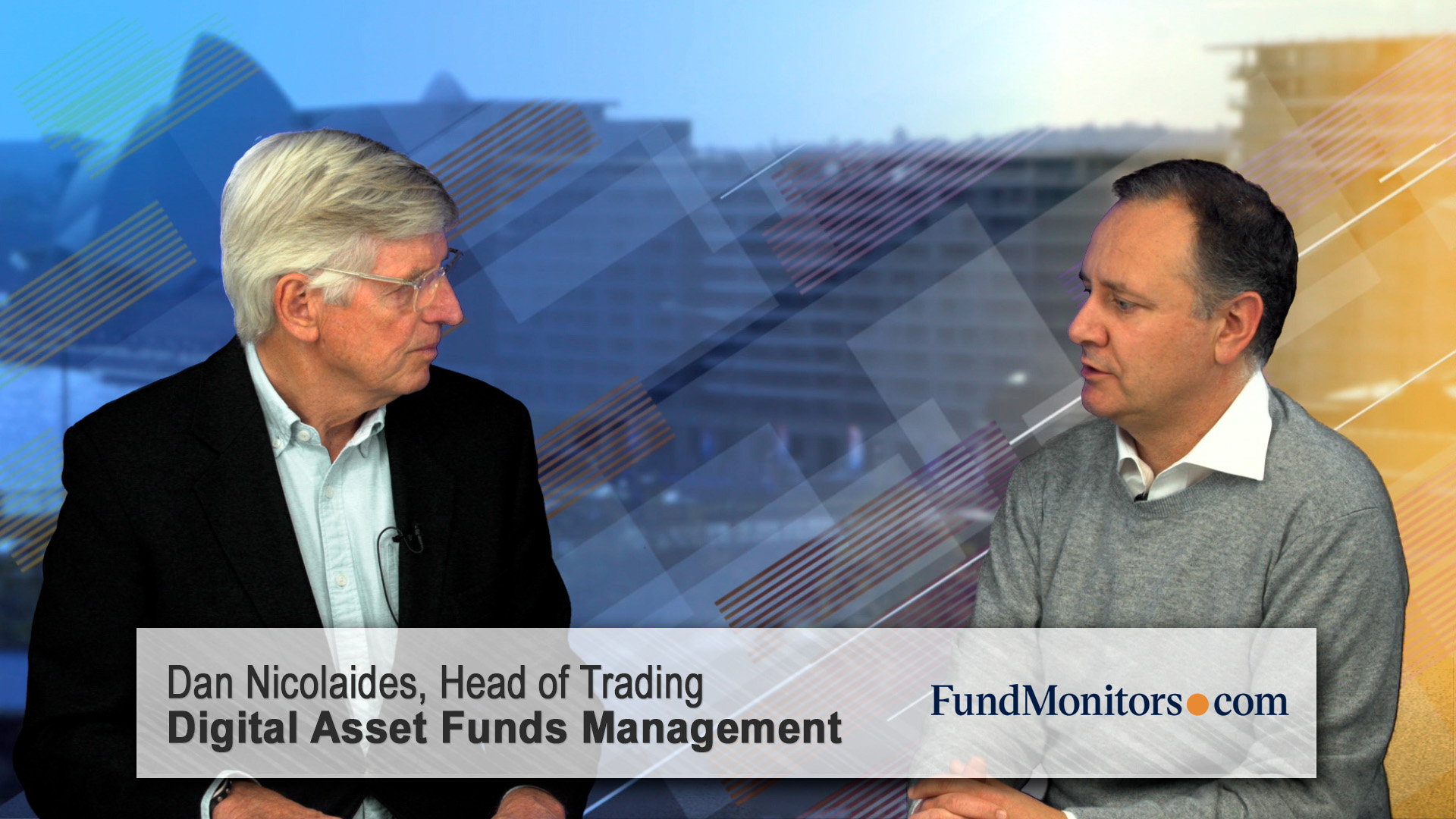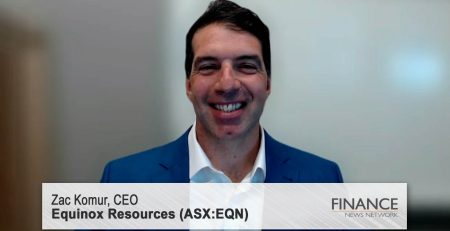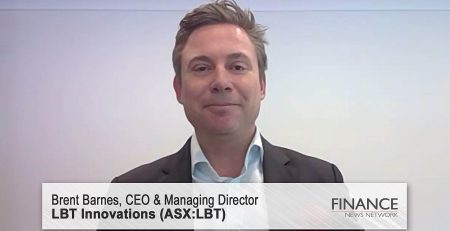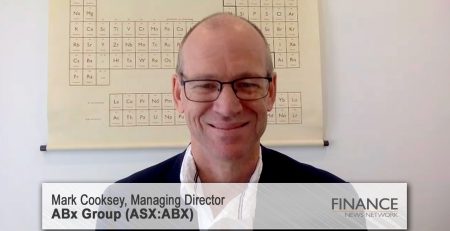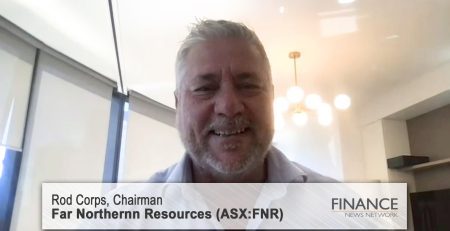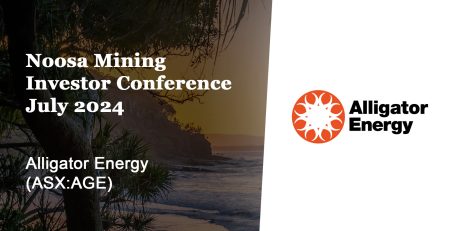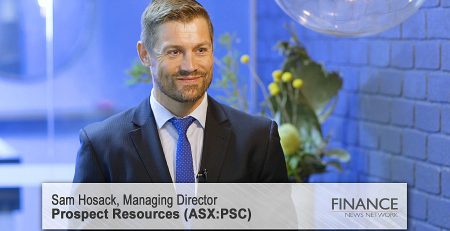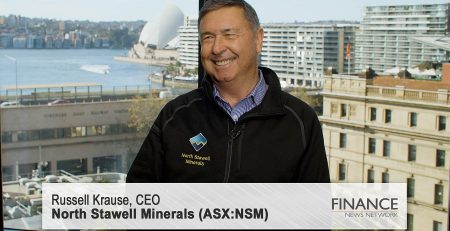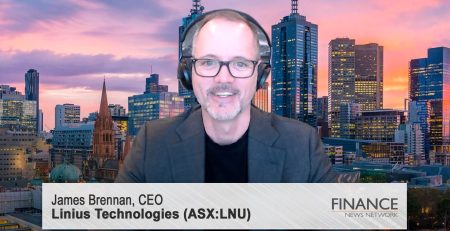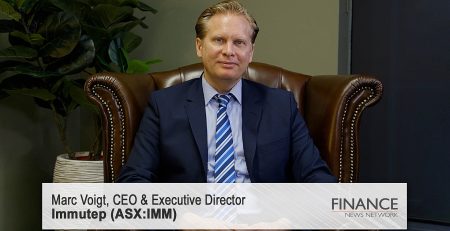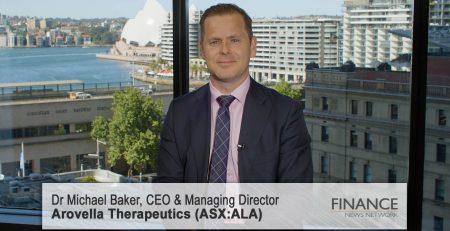Mastering Crypto Volatility: An interview with Digital Asset Funds Management
Chris Gosselin: Welcome. My name's Chris Gosselin from Australian Fund Monitors. Today, I'm talking to Dan Nicolaides from Digital Asset Funds Management, a crypto fund. Dan, welcome.
Dan Nicolaides: Thanks, Chris.
Chris Gosselin: Now, looking at the performance of your fund, you would say it's anything but a typical crypto fund. We normally think of crypto as being highly volatile, digital assets being volatile, Bitcoin. It can go from 60,000 to 15,000 and back up to 70,000. You have a track record of three years. You've had one relatively small negative month in that time. What's the difference?
Dan Nicolaides: As you commented on then, these are volatile assets. It's a nascent industry, it's a nascent asset class, and people are still trying to work out what the value is of these assets, if there is any value in these assets. That's where this volatility is derived from. We don't care whether it goes up or down. It's not our problem. What we care is that it's volatile, that these markets are still somewhat immature and prone to dislocation, and that we have the strategy, the team, the systems, the risk control processes to capture that in a trading sense. That's really all there is to it. If some other future out there was equally as volatile with the same opportunities, we'd be trading that. We just see an opportunity in this asset class and that's why we're there.
Chris Gosselin: When you say you're trading that, I understand you're trading 24/7 and across the globe. Just explain these exchanges. There's multiple exchanges, not like having the ASX or NASDAQ or Dow Jones, whatever it may be. These are multiple exchanges trading the same assets.
Dan Nicolaides: Absolutely, yeah. Like you say, there's not a single oracle price like you have for an S&P future that comes out of a Chicago data server. The industry basically trades in all these different venues and it's funds like us that basically are able to arbitrage across those exchanges that keep those prices in check. That's where the alpha is derived in our strategy. The strategy has two parts. It takes the native embedded yield that we see in these assets, which generally can be reasonably high, from single figures up to as high as 40%. We have that yield embedded in there. And then, we trade across these multiple, like you say, multiple venues, multiple exchanges across… These are exchanges that are in Europe, in Asia, in the US, or North America. Yeah, our system basically captures that and we're able to arbitrage these exchanges.
Chris Gosselin: It is highly systematic.
Dan Nicolaides: Absolutely.
Chris Gosselin: Is it completely automated?
Dan Nicolaides: Completely automated, yeah. We design the system. The system is we're trading futures, and that's trading a Bitcoin future is really no different than trading a foreign exchange future or a commodity future or an equity future. It's just that they're more volatile and they trade across many more venues. We basically take some of the systems, the trading practices, the strategies that we have in traditional markets that we trade in other parts of the business, and we just apply those to these digital assets and we take in the nuances of these assets or these markets that they are very volatile and that they do trade 24/7, and yeah, we build our business around that.
Chris Gosselin: You can buy something, say, in Asia today and simultaneously sell it or sell it very shortly afterwards. On another extent, you actually want these exchanges to be out of kill time.
Dan Nicolaides: Absolutely, yeah. Simultaneously, yeah. Matters of milliseconds, yeah. Yeah, you've got in the digital, the native crypto exchange place, which is where nearly all of the price discovery happens in digital assets, these exchanges are predominantly based in Asia but also in Ireland, the Seychelles, the UK, various places. Our systems are basically connected to all those venues.
Chris Gosselin: Effectively, this is like a yield fund. I wouldn't call it a fixed income fund, but you are basically harvesting yield of these things, which gives you some steady return or steady-ish returns without the volatile, without the extreme upside as well, I guess. But most importantly, without the downside.
Dan Nicolaides: Yeah, absolutely. We don't take directional risk. That's not what we do. Like I said, we take the yield that is there. Having traded this for a number of years now, this industry or this space goes through periods of being a focus for investors and not, but we know that in normal and even bear market environments, we can capture a good return. But we know that there's also periods where, generally, when crypto is in kind of a bull market and those yields become quite high and we can generate exceptional returns. Yeah.
Chris Gosselin: Where does the risk lie? Because many people of, dare I say, my generation and close to my generation, whether it be on the upside or the downside, would consider the thought of investing in a crypto fund to be far too risky for them. They might as well go for the race track. That's not the case given your trading strategy, but there must be risk. Is it counterparty risk?
Dan Nicolaides: Yeah, counterparty risk is the predominant risk that we face. That was evidenced during FTX. You alluded to the one down month we had. That was in November '22 when FTX went bankrupt. I think that was a seminal moment in the industry in that participants had maybe not given it the thought that it deserved in terms of where their assets were sitting and how they were custodied and who was in charge of or control of those assets. Since then, the industry's done a bit of navel-gazing and realized that this isn't an optimal solution. One, there's, there's more transparency around the existing exchanges that are there, proof of assets, proof of reserves, things like that. And obviously, with crypto, all you need is the wallet address of the exchange and you have 100% visibility of the assets that are there.
But also, the industry is moving to standardize a third-party custody of assets that you would have on the exchange. We have to have collateral to trade on the exchanges. That's why our capital is at risk because it's sitting on the exchange. These solutions that are basically working through now, those assets will be held by a third-party custodian, and it will take both the exchange and us and the third-party to release those funds in either direction. So, it ameliorates a lot of that counterparty credit risk that was there. Digital asset funds is actually working through setting up these kind of arrangements as we speak.
Chris Gosselin: You also mitigate that risk by not trading just through one exchange or one counterparty. Your counterparty risk is there. You spread your –
Dan Nicolaides: Yeah, absolutely. We try and limit it to 20 to 25% on a given exchange. We're rarely even at 20% on any given one exchange. Yeah. FTX taught us a lot of lessons about. We weren't overly concentrated in FTX, but we had, I think it was maybe 17% of our assets there, which was… We were far from alone in that respect. But yeah, everyone's learned lessons from that and I think a lot of that risk is now getting mitigated.
Chris Gosselin: Is it fair to say that the industry is maturing? I mean, are the big institutions getting involved or are they still sitting on the sidelines and waiting for the, I hate to use the term cowboy, but the cowboy element to disappear? We take FTX as the cowboy.
Dan Nicolaides: Yeah, absolutely. You've seen, just in recent months in the US, the spot ETFs getting approved. Names like BlackRock and Fidelity now with tens of billions of dollars of Bitcoin effectively under management. Yeah, it's clearly maturing. We've been through enough, we've seen enough cycles now in this industry that it's not going away. People believe these to have value. Whether we believe it or not is kind of irrelevant, but we think that we agree with that sentiment that this isn't going away. The volatility will remain. But yeah, the overall kind of… Yeah, the maturity of the industry, the regulatory oversight, the willingness of governments and regulators to look at the industry in a new light and come up with best practices, that's all front of mind at the moment.
Chris Gosselin: Sure. Can I just turn for a moment to the firm? We've seen quite a few sort of two men and a pot plant in a garage type concept in some emerging strategies and even in some crypto areas, or particularly in some crypto areas. I think that's probably washed through the system a bit, and we are now left with mature, pretty serious organizations. You've got 25 or 30 hardheaded, experienced either finance or tech staff on board?
Dan Nicolaides: Yeah, absolutely. Well, we still are heavily involved in traditional markets with the experience that comes with running algorithmic strategies in those markets for a long period of time. The system that we use for trading these digital assets is basically transplanted from traditional markets, from a future trading system. Yeah, we have that background. We have the experience. Yeah, we're not a bunch of 22-year-old programmers that thought they could make some money by betting on the direction of Bitcoin or any other digital asset. We take a very agnostic view about what the space is like. We try and identify where the risks are, we try and mitigate those as much as we can, and we try and embrace volatility and the opportunities that are there.
Chris Gosselin: It's always dangerous both for us to ask and for you to answer as to what your target return is, especially in something like this. But if you are looking at a yield fund to be competitive, you've got to be yielding somewhere between seven and 10, maybe a little bit more, percent. Are you achieving that, and do you expect to be able to achieve or overachieve that going forward?
Dan Nicolaides: Yeah, it's a tricky one. Unfortunately, we are very much captive to the market at any point in time. We don't drive the market. We are participants in it. We saw in 2021 that crypto was in a bull market, and we had fantastic returns from when we started to the end of that calendar year. '22 and '23 were more difficult. That was precipitated, I think, by the rising interest rates globally, which dampened the risk-taking and crypto probably still is very much driven by global liquidity factors. So, the way I think of it is, on an average year, we should be making that high single digit after fees, maybe even low single teen kind of returns. But we have the opportunity when the market does go into a bullish phase that we can derive some much more exceptional returns than that. That's kind of been born out the start of this year where we're up 14% already in the first four months.
Chris Gosselin: This is not for the crypto punter?
Dan Nicolaides: No, absolutely.
Chris Gosselin: This is for someone who wants to get a regular yield, a regular return, limited downside, but a good steady return with the occasional kicker.
Dan Nicolaides: Yeah, exactly.
Chris Gosselin: If the market's right.
Dan Nicolaides: No, absolutely. You're not going to make 100% return in a year. We could have a 2021 environment where these things go into a real bull run that a lot of leverage comes into the market, and that's very conducive for our strategy. It's possible, but far from probable, but we will derive a very steady return. If the market conditions are favorable, then we can drive exceptional returns.
Chris Gosselin: Dan, finally, you're Australian based and you've got an office in France as well.
Dan Nicolaides: We've got an office in France. Yeah, this strategy runs 24/7, which is a challenge, but that's the big thing with this type of strategy is you are always involved in these exchanges. When those opportunities present themselves, as they do periodically, we're there. We're ready to take advantage of that. Sometimes that happens on a Saturday and sometimes it happens on a Sunday morning, and we deal with that.
Chris Gosselin: And you hope the computers are working.
Dan Nicolaides: Well, there's always someone monitoring those systems. Yeah, there's always traders there looking after it. One of the big challenges of this strategy is that because we do trade on so many different venues, and to be as efficient as possible, we try and maintain sufficient capital so that we're never exposed to big volatile swings, but we want to be involved in a lot of places. Our capital has to be widely distributed, and we regularly have to move that capital from one venue to another, so there's always someone monitoring that and ready to do that.
Chris Gosselin: Dan, fascinating. Thank you very much.
Dan Nicolaides: No problem.
Chris Gosselin: Best of luck for it. We look forward to following the fund going forward.
Dan Nicolaides: Excellent. Thanks, Chris.
Chris Gosselin: Thank you. That's the Digital Asset Fund, Digital Yield Fund, I think it's now called. Thank you for your time.
Ends
Copyright 2024 – Finance News Network
Source: Finance News Network

